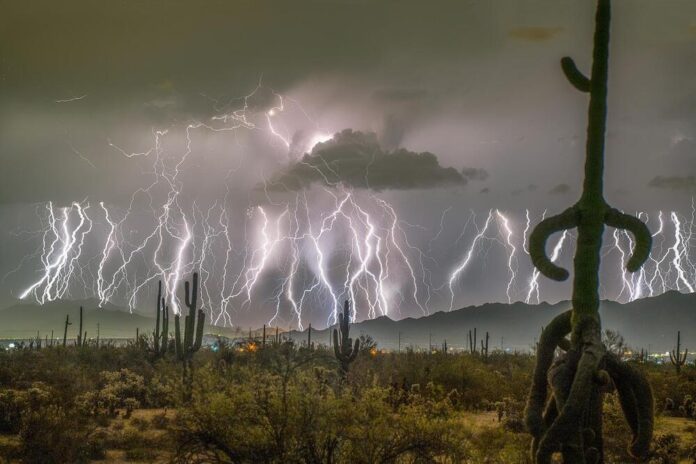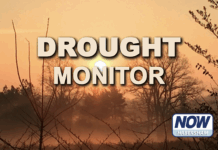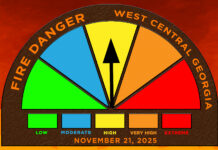
Imagine a lightning strike that’s more than 500 miles long.
That’s the new world record for longest lightning strike, as certified Wednesday by the World Meteorological Organization.
The so-called “mega-flash” stretched across several states from Texas to Kansas during a major thunderstorm complex in October 2017.
Meteorologist and senior researcher Michael Peterson of the Georgia Tech Research Institute led the study that confirmed the massive strike.
“It was certainly not a flash like any other,” Peterson said. “This flash actually lasted for about 7.39 seconds from the beginning of the flash to the end of the flash, an appreciable amount of time. And the thing is, for any person in one part of the flash, you wouldn’t see the entire flash for that entire time. Because the flash is so large and so long, it actually takes a while for the flash, to essentially move over those extreme distances.”
Peterson said such long-distance lightning strikes don’t occur during a storm’s most violent outbreak — but rather afterwards, when rain, wind and lightning have calmed down.
That makes them more dangerous because people aren’t expecting them.
“Some storms — not all of them, we’re talking about 1 in 1,000 storms,” Peterson said, can hold an electric charge in a cloud for a time, until conditions allow that large charge to release and “go for a very long ways because the charge structure is in that type of cloud because of the lack of the vertical motion. It allows the layers to be more persistent and to be more widespread.”
The lightning strike touched the ground more than 100 times.
Peterson said it took years to confirm the record-breaking strike because weather technology has provided years of data for software to sort through.
The Severe Storm Research Center at Georgia Tech studies lightning not only to learn more about it, but also to develop new approaches for predicting the risk of severe storms.
It’s a good reminder that lightning bolts that may occur unexpectedly long after a storm front has passed.
This story comes to Now Habersham in partnership with GPB News






